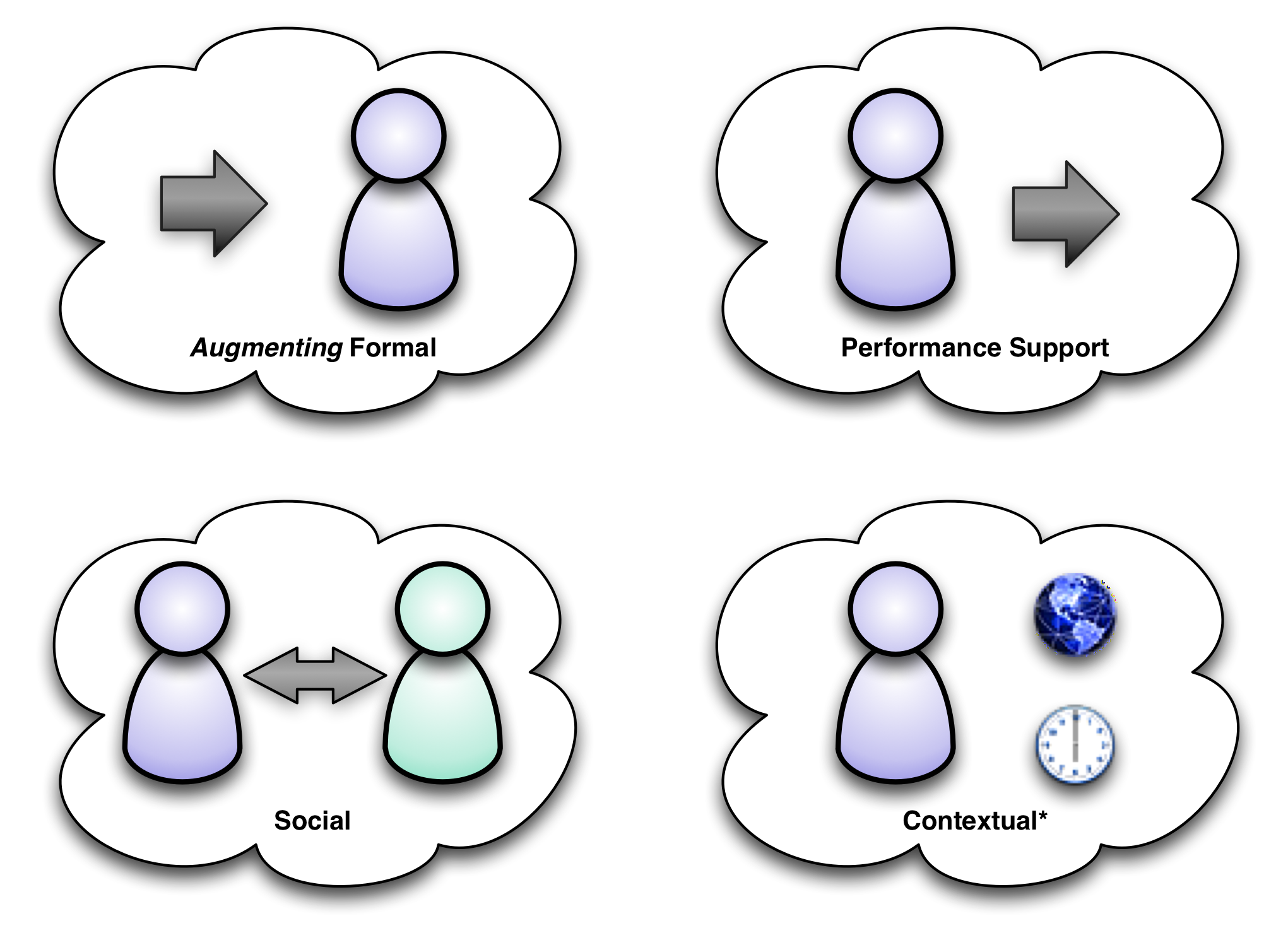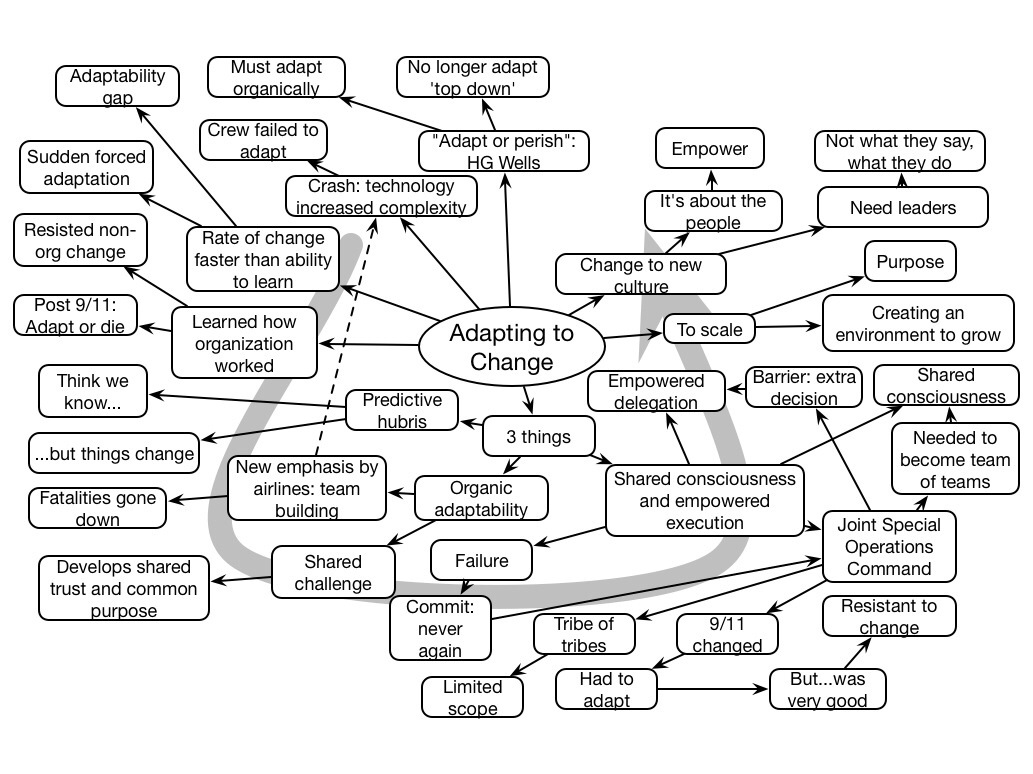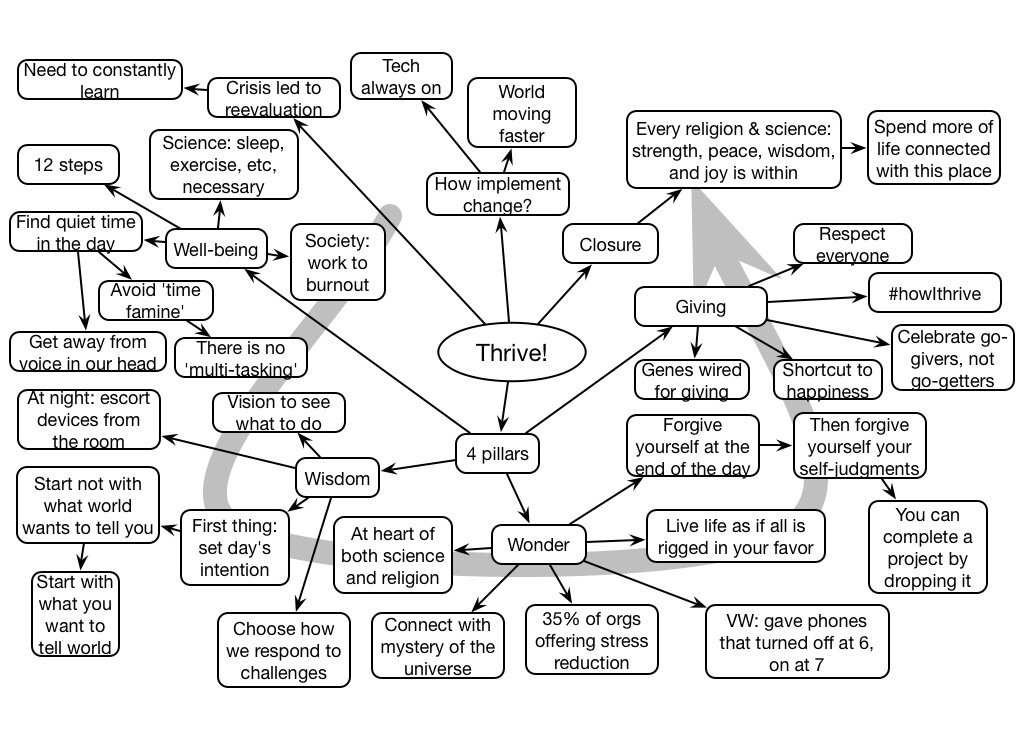I was in a recent conversation about a company facing strong growth and worried about the impact on culture. Companies with a positive culture, a valuable offering, and a good business model are liable to face growth issues, and maintaining or starting a good culture becomes a critical issue to maintaining the organization’s success.
This company had a positive culture, in that people were diverse, friendly, upbeat, and committed to contributing. These are all positive elements that had led to the early success. Growth, both through hiring and acquisitions, was leading to concerns about the ability for those factors to continue.
One of the things that wasn’t obvious from the initial portrayal of the company was whether folks there were capturing and sharing what they were doing, how they were working, what challenges they were facing, and what results they were seeing. In a small company, this happens naturally through conversation, but face to face communication isn’t scalable.
One obvious possibility is to implement or more systematically leverage an enterprise social network (ESN; essentially using social media in the org). Working out loud, as it’s known, has many benefits. As people share their work, others can comment and improve it. People can ask for help and get collaboration on those new problems and innovation needs that are increasingly arising. Mistakes can be made and the lessons learned can be shared so no others have to make the same mistakes.
One of the offshoot benefits of such sharing is that it takes the positive cultural attributes already being shown and makes them visible (if implicitly) as well. It’s not guaranteed, but with an awareness of the behaviors and manifestations of culture through the network, a systematic process could lead to that positive culture scaling and yield those additional benefits that accompany working out loud.
It takes all the elements of a learning culture and organizational change, of course. You need to continue to welcome diversity, be open to new ideas, and have it safe to contribute. You also need to develop a vision, message it, have the leadership model it, facilitate it, anticipate problems and be prepared to address them, and ultimately reward the desired outcomes. But this is doable.
The benefits of a positive culture are becoming known, and the value of social networks are also emerging. Linking them together is not only necessary, but the benefits are more than the sum of the parts.
#itashare


